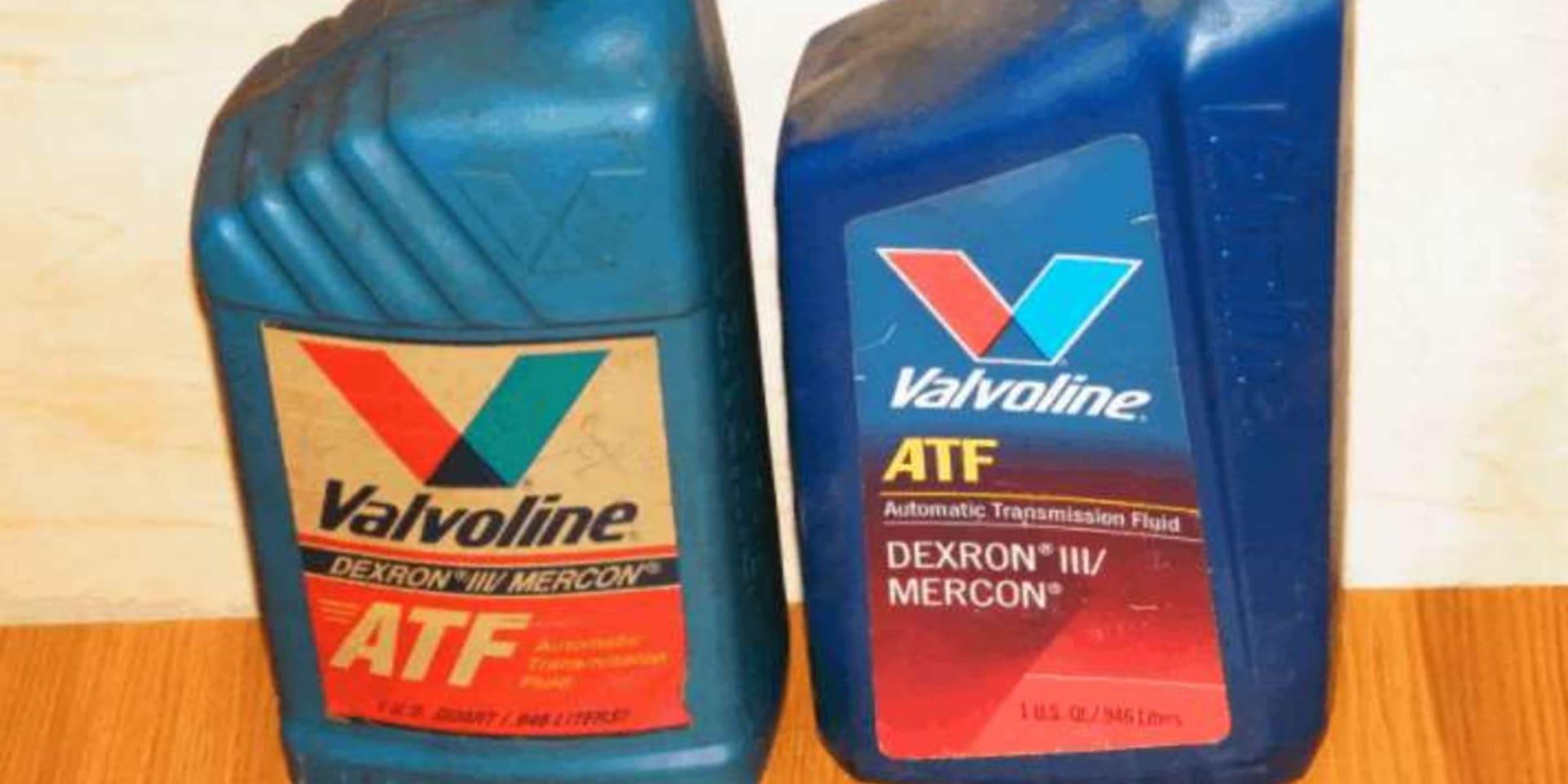Why Decking Looks Patchy?
Patchy decking can be a real pain. It can make the area look unfinished and unsightly. However, there are simple steps you can take to even out the appearance of your decking and ensure it looks as good as new.
Table of Contents
Seasonal effects
The first is seasonal effects. Our most beautiful time of year is also the most challenging for your decking. To understand why, you need to know about dry and wet seasons.
When it’s dry, the sun can bake all of your paint into a crusty, cracked mess. The heat makes it hard for water to absorb into the wood properly, which means small cracks form during this process. Then when it does rain, these cracks can expand or even become huge gashes in your decking!
The good news is that once you apply our special formula stain once again, there’s no need to worry about these problems ever coming back again – because they won’t!
Maintenance
There are a few things you can do to ensure that your decking looks good and lasts long. First, get into the habit of cleaning it thoroughly at least once every month. If you have pets or children, this should be done more frequently.
Next up is regular oiling. You should also sand and stain your decking on a yearly basis to keep it looking great in between cleanings.
Finally, you will need to paint your deck from time-to-time if the wood becomes too old or damaged for staining alone to cover up the cracks and chips (and for whatever reason doesn’t want polishing).
Wood type
- Softwood decking. Softwoods, like cedar and redwood, are more prone to patchiness. They tend to warp and split while they’re being cut down, leaving the wood grain uneven once it’s been installed.
- Hardwood decks. Hardwoods like oak tend to be evener than softwoods—the grain is straighter and doesn’t grow as much in width (as opposed to length). This means that your hardwood decking will look more uniform than its softwood counterpart.
If you’ve got a cedar decking that looks patchy after installation—or if any of these factors apply for your situation—you could try oiling it! Oiling helps keep the dirt from sticking onto the surface of the boards, which can help prevent discoloration from occurring over time (and reduce any damage caused by sun exposure).
Timber preparation
Preparing your timber for painting is essential to achieving the best results. Here are some tips for preparing timber:
- Dry the wood thoroughly, preferably in a warm temperature of over 15 degrees Celsius.
- Remove any dirt, grease or oil from the surface by washing it with clean water and/or using a light detergent if necessary (the use of soap is not recommended as it can leave a residue). Do not apply any other chemicals such as paint strippers or bleach prior to painting unless specifically recommended by your paint supplier.
- Ensure all loose or damaged boards have been replaced, and that there are no nails, screws or other fasteners protruding from the surface which could cause damage during painting processes.
Oiling your deck can help to even our the appearance of patchy decking.
Oiling your deck won’t necessarily make it look any better, but it will ensure that the wood is protected against water and other elements. Once you have oiled your deck, you will also be able to enjoy its benefits of being easier to clean and maintain.
You should always use a high quality oil that has been specifically formulated for outdoor timber such as teak or cedar. This means that any dirt or grime on the surface of your timber will not be absorbed into the oil which would make it look darker than intended. It’s also important that you don’t use too much oil; otherwise it may cause discolouration when exposed to sunlight over time.
As well as protecting against moisture penetration in some cases, most oils contain UV inhibitors which help prevent discoloration caused by direct sunlight exposure – making them ideal for outdoor decks because they don’t fade like paint can do over time once exposed!
Conclusion
We hope that we’ve given you a better understanding of why your deck may look patchy. Now that you know how to identify it and what causes it, you can start to remedy the issue on your own.




